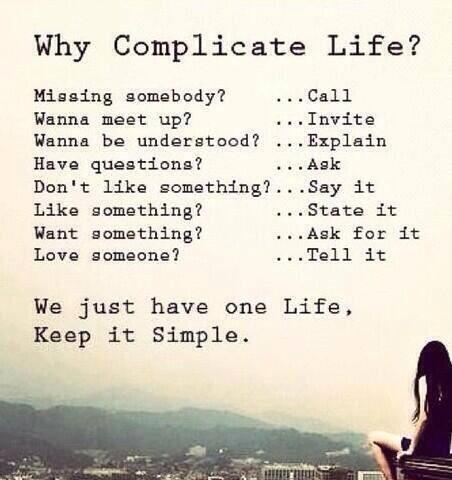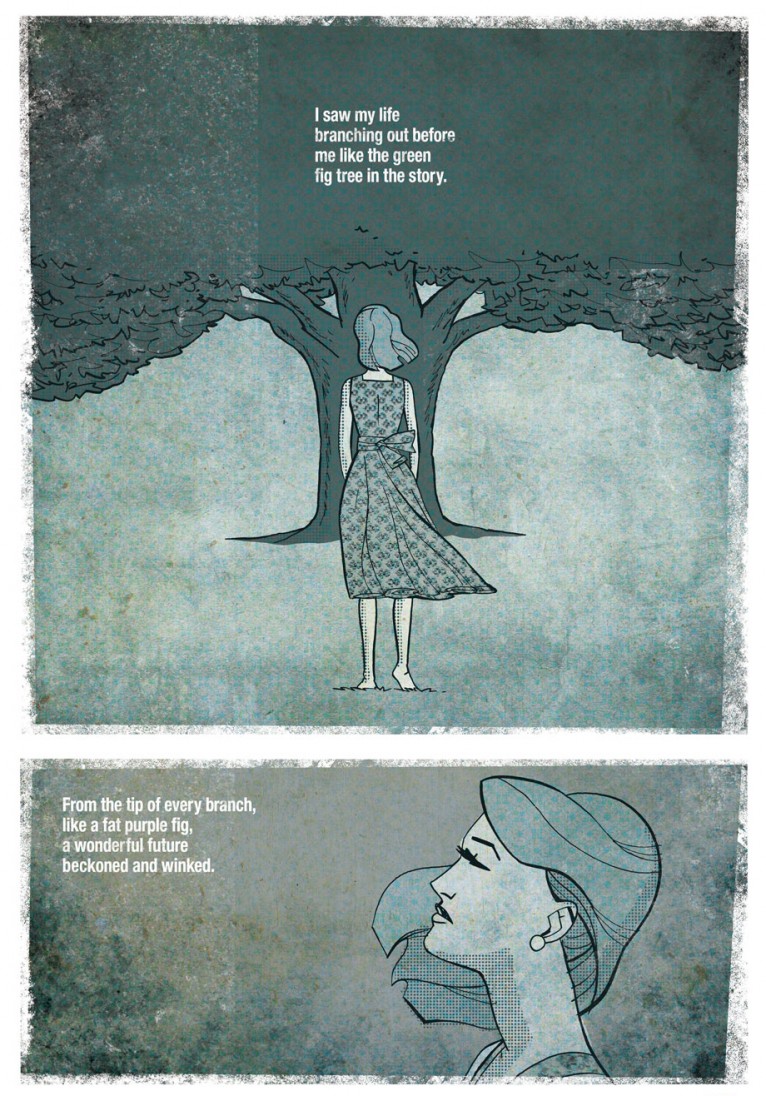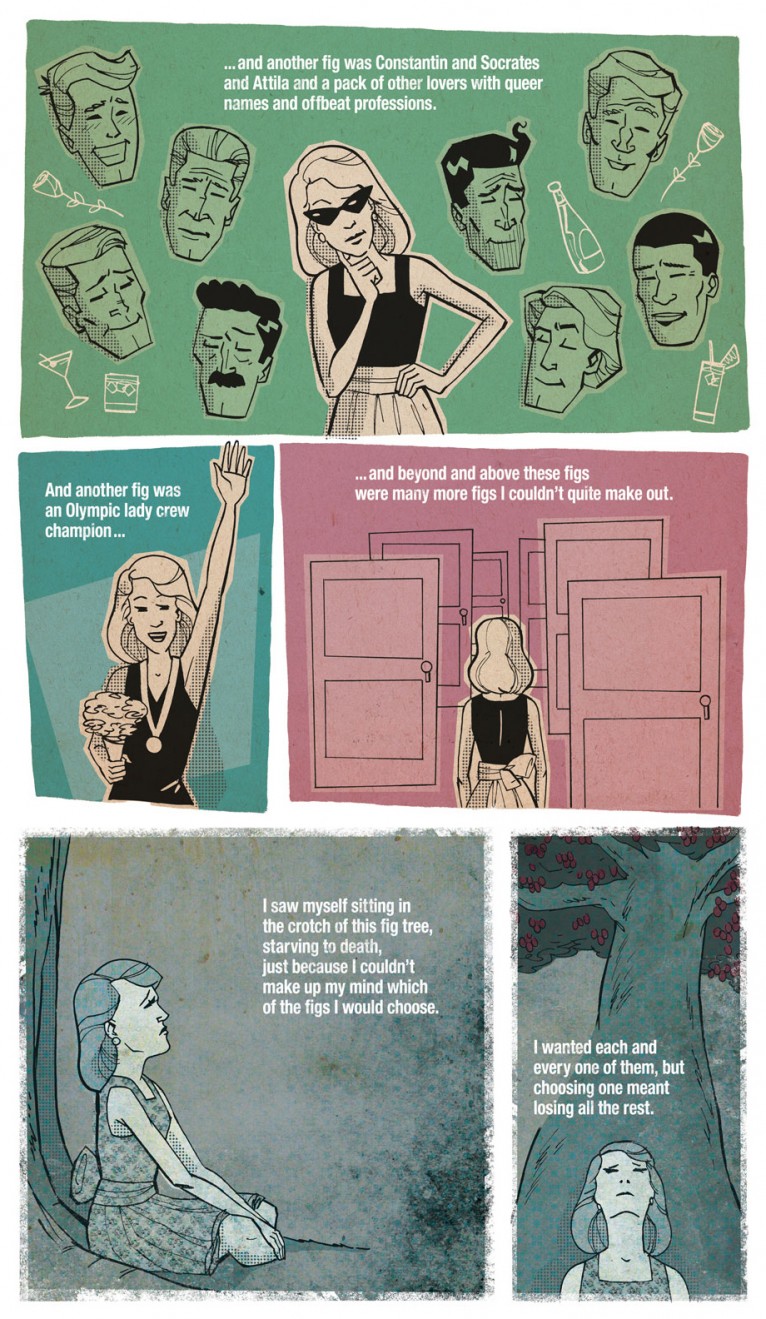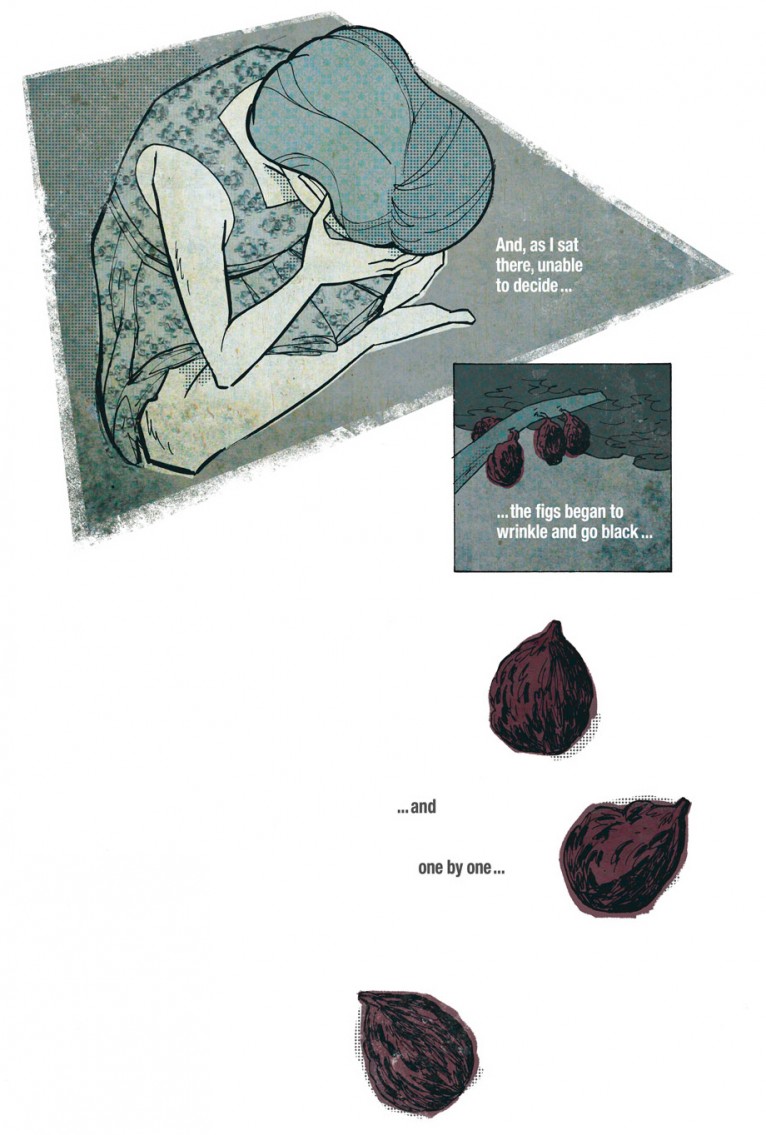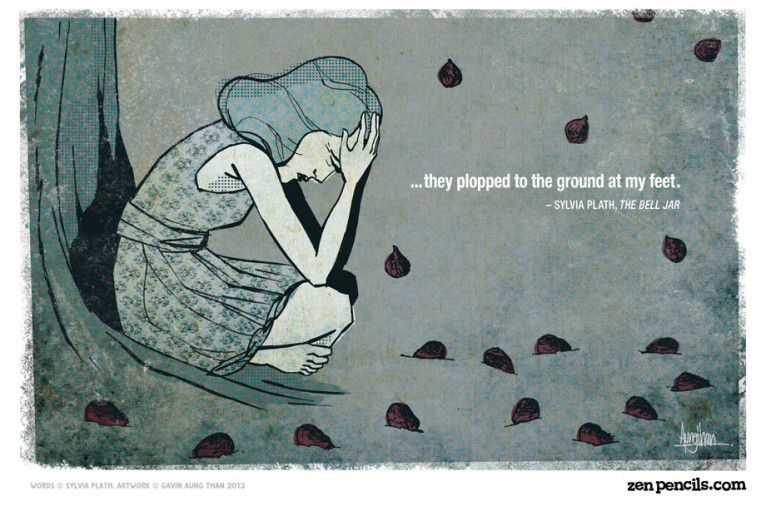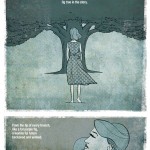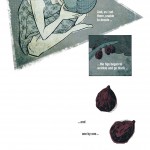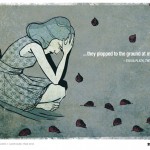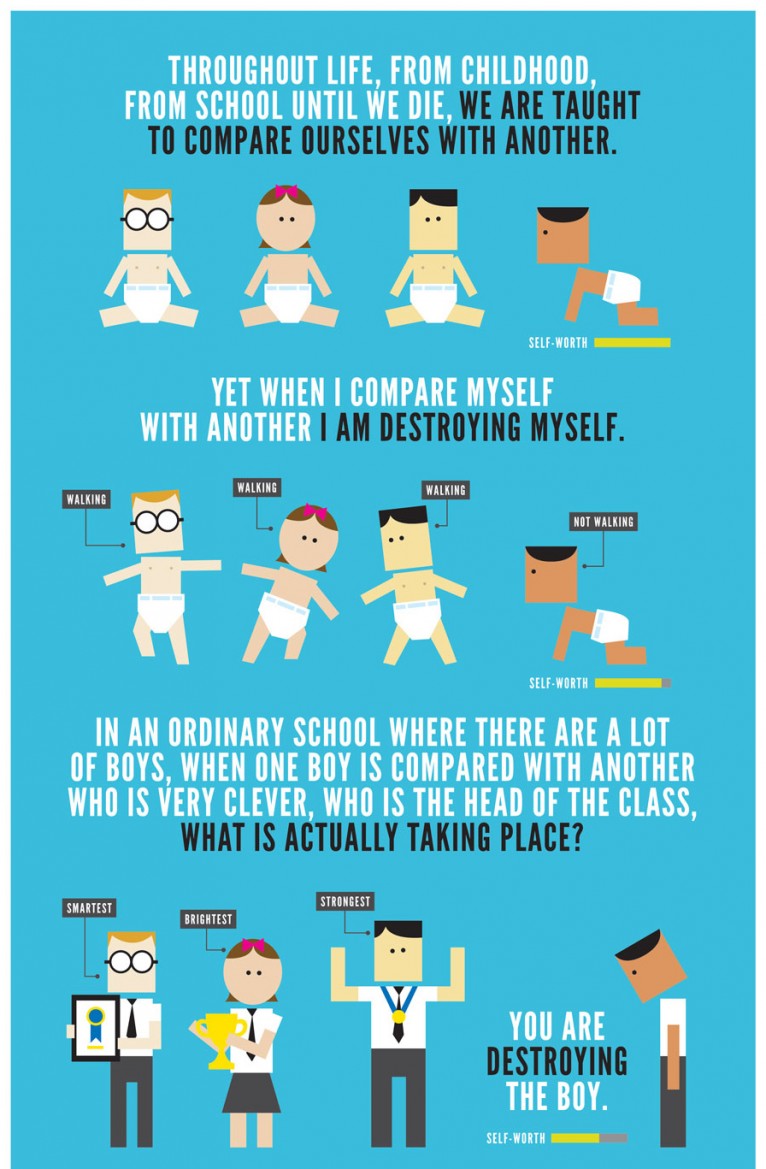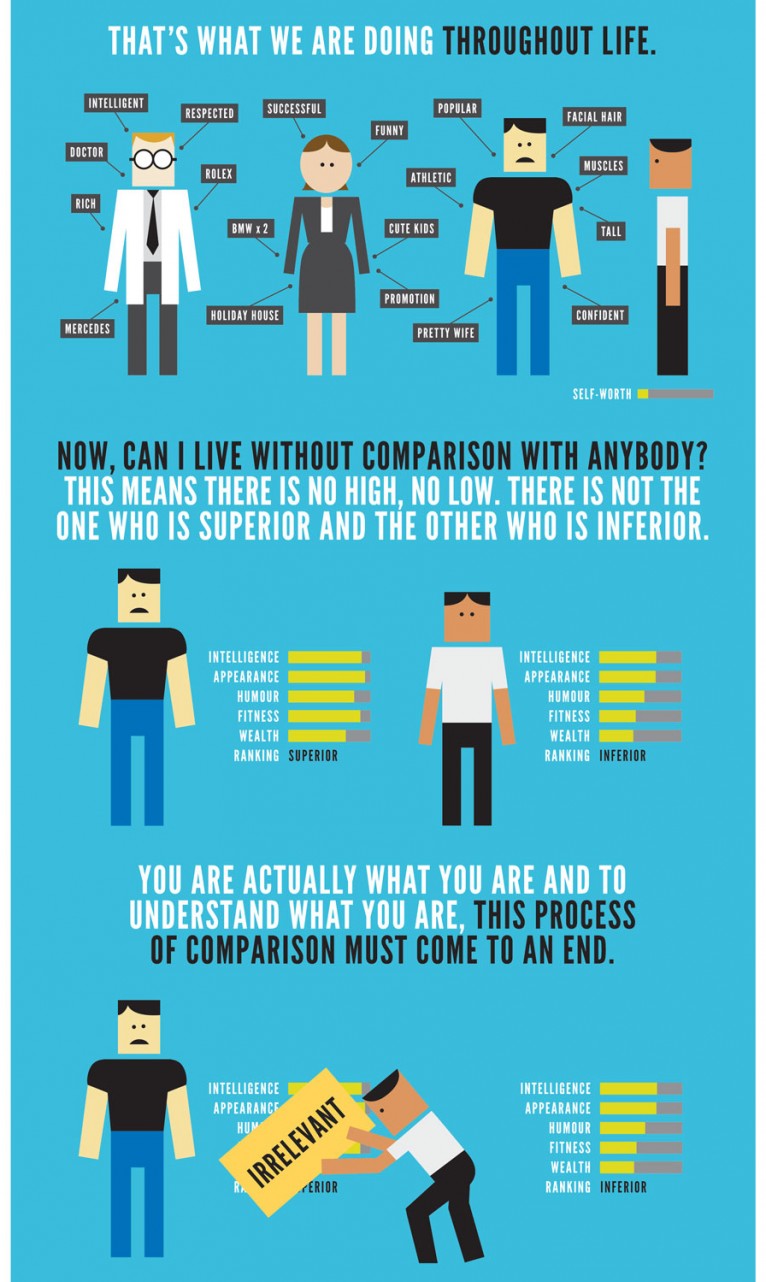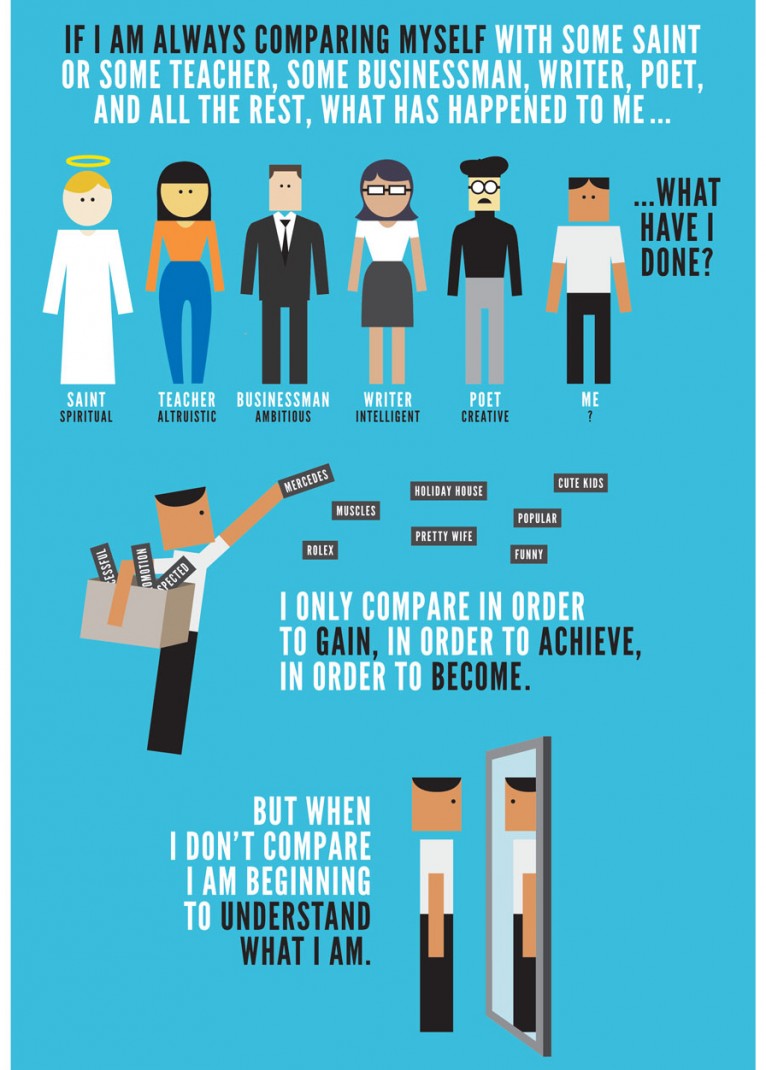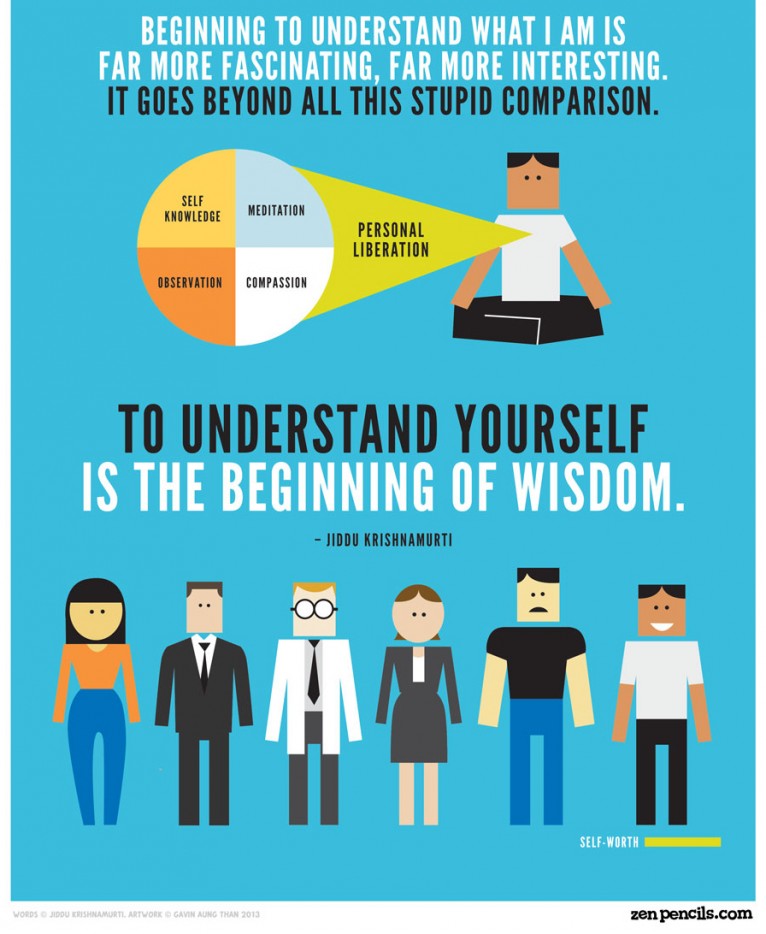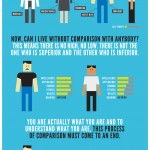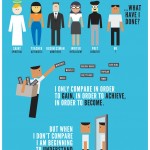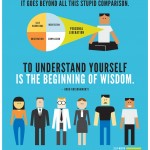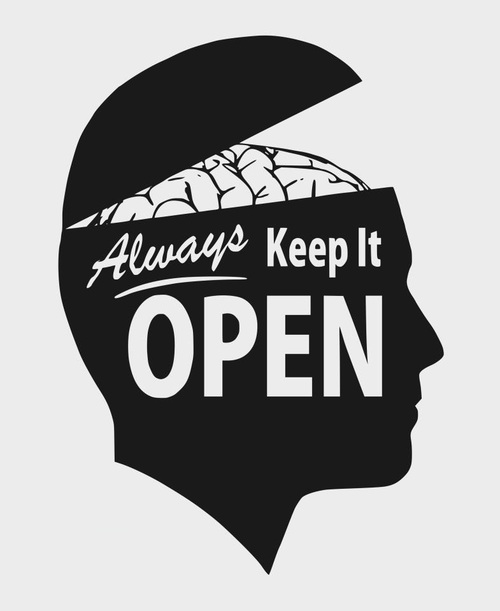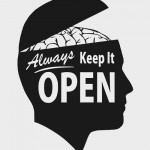And if you want to make sense of this post you need to read my previous post and most importantly – have listened to the show!
I want to start winding down audio weeks 7 and 8 so that I can start week 9 of DS106. I am feeling quite overwhelmed – like one of those situations when I ask my students to fill in feedback forms too soon after a class.
I know that they need time to process, but sometimes I do not have the choice to let them reflect before feedback as I have to follow the procedures set up by the place I may be teaching in.
Nobody is asking me to follow procedure on DS106 Headless 13. I am asking myself to follow procedure – complete weeks 7 and 8 before you move on to week 9. The reality is I will not complete for weeks as the list of audio to dos grows. Some might say, I will never ‘complete’ as DS106 is #4life. The rhetoric being what it is, I like the feeling of getting to the end of the weekly announcement – done!
So, as my true friend Talky Tina might say, here we go.
My previous post offered highlights of the work I did and posted a link to our radio show which for me was the highlight. Here, I want to complete audio weeks by following procedure to the letter.
I want to offer a personal ‘reflection upon [my] contribution to the radio show and to [my] assessment of the group process’ as requested in the weekly announcement.
I will write a more theoretical assessment of group process and how I see the differences between my current practice when facilitating groups and teams and what I have learnt here
elsewhere. Here I want to use the questions posed in the announcement as a way to start a personal reflection on what the making of my first radio show has meant to me. For once in my life, I will do as I am told. Mum would be proud.
How did your group go about choosing a theme and organising itself?
“Well, hi there! I posted a big question to the “Ask the headless13 shrink” and I wonder why it is called shrink anyway if they help you with big questions/ because if they were just little questions you can answer them all by yourself or use Google.”
This is how the theme was chosen. I love Frasier’s talk show, and had the idea we might do a call-in show with Talky and me shrinking the big questions of life. This was early on in the Headless 13 and when we had to make our first radio bumpers, I made bumpers for a show that did not exist other than as a vague notion in my head. My favourite was the one I started this post with, but we did not use it in the end.
When it came to forming groups, I posted what I knew about the idea on our shared google doc and suggested the idea for the show. I think I invited a few people I felt I knew a little better to join the group, some did and some did not. As time went on some people asked to join the group and we welcomed everyone. We had a last minute joiner to help out with one element of the show. The theme was jointly chosen by Tina, Christina and me. But it evolved as we talked about the show and we included more people in our group.
The organising was also quite organic. For example, I got quite bored typing everyvbody’s twitter handles and sent a Tweet asking if it was possible to do something about this, I did not know enough about Twitter to work out how to get a team twitter handle. Christina saw it, created the @talkyteam account and told us what we needed to do (open a Tweetdeck column and follow @talkyteam) to have the tweets turn up on our stream. it worked so well. It helped the organising but also the sense of identity of us as a team. The rest was easy – hangouts to talk, google docs to create a shared outline and talk asynch, and my Dropbox with a TalkyTeam shared folder to store stuff. A lovely touch here came from Talky Tina. As the dropbox started to get full of stuff and very unorganised, I woke up one morning to find that our DS106 doll has a penchant for tidiness – she had created her own little TalkyTina sub-folder to put her recordings in. Clearly, I took her lead and swiftly tidied up the Dropbox creating a sub-folder for each of us and one for introduction and close materials.
We were all really motivated to make the show and enjoying the process.
This showed in the process of organisation and theme selection. Karen Young said on the live premiere that one of the things that made it work in her view was that we allowed everyone to play to their strengths and contribute rather than try to force an idea through. She is right. Once we had the shell of the programme, the idea that we were going to shrink the big questions, we put all the information on the Google doc (such as questions the Headless Shrink had been asked, ideas for style, examples of podcasts or shows that we might emulate) and people took all this and shaped it to their own visions. There was no micro-management of content, within the constraints of time and overall theme, each person selected a ‘question’ and wrote their own script.
I loved Radio-lab, so I tried to shape my piece in that way. The Cooking Show was Karen’s idea and she used the philosophy and meaning of life idea to create her hilarious and nuanced segment. Christina decided to play at shrinking the philosopher’s biggest question (what is the meaning of life?) and created a really thoughtful piece to explore this question. Jess’s numerology was all Jess. She took the question ‘what is DS106 and why DS?’ which we had been asked anonymously when I pleaded for questions on Twitter, and made it her own. I remembered about the DS107 rebellion, asked Jim Groom and he not only directed us to News on the March but also recorded a Soundcloud for us to use. The script Jess came up with was hilarious and really appealed to the geek in me, as a Dr Who fan the notion that 106 lost Dr Who episodes had been found appealed to me hugely. As did the idea that her Galaxy phone would have the answers. Rhonda was asked by Karen to join in to be the second cook on the cooking show part of the show, she recorded her parts and was happy to work with what we had to help us get to the end. She was very gracious and supportive – getting a new group member half way through the process would not have been so easy had it been anybody else.
Talky Tina deserves a paragraph all her own. She rocks! She attended hangouts, created her own hangouts and made art as she was waiting all on her own at a hangout she created whilst we were all talking elsewhere. She was in her travelling container most of the time and yet had a good enough signal to talk with us and produce impeccable recordings of anything we asked her to do. She was a true professional actor, as well as giving us really useful technical tips as we wrestled Audacity and GarageBand. Alan Levine asked at the premiere if we thought she was real. Well, Alan, I can only say that she is more real to me than many ‘real’ Ds106ers that are lacking in art and in completing weekly announcements. She knows her stuff, she helps her team mates, she never lets her ego get in the way of opening night, and she gives us inspirational art and tips to boot. What is not real about that? The effort that goes into making Talky Tina an integral part of DS106 is something I am full of admiration for and support in any way I can. She rocks! And i just realised I have been doing week 9 stuff all along in supporting the narrative around our beloved true friend Talky.
What was the easiest/hardest part of working as a group?
The easiest was working with the people who formed the team, we all had a sense of shared responsibility and a genuine desire to make something good. We all did the best we could to put our egos to one side and be in service of the craft. It was a joy to see something beyond any initial idea I may have had emerge as we engaged openly and honestly.
The hardest for me was the time difference. I felt at times excluded from conversations that went on as I slept. This ended up working in our favour as relationships matured because it meant that we never slept as a team. Jess and I got stuff done as others slept and Christina, Tina, Karen and Rhonda worked whilst we slept. Seamless work flow with Bossy Young sending us our tasks as deadlines approached and we loved her for that!
How did you decide upon your own contribution to the show — did you pick something in your comfort zone or did you decide to push yourself in a new direction?
It was all a new direction. I have never done audio or radio before DS106 and have had negative learning experiences working with groups of strangers over the web on study projects. I did not have high expectations and, if I am honest, I was dreading the group work. In fact the only person to drop out of the group early on, was one of the people I worked with on a previous online project that had not gone well – I wonder if she had concerns about putting herself in that type of learning situation again after our previous experience. On that project for the Open University we found ourselves the only two people having to work on a project not of our choosing for assessment on a Masters Module with no community or tutor support. That experience left me feeling negative about virtual group work – and reinforced a belief that effective team work requires face to face leadership. A view I have since changed. I did have to push myself hard in a new direction to stay open to what DS106 radio group work would bring. Christina helped a great deal, as she was so positive about her previous experience.
How do you feel your show holds together as a whole? Do you feel like you achieved your goals in terms of the story your group set out to tell?
Yes, we achieved our goals.
Our goals were emerging and not fixed, so it is hard to say we achieved anything. The show took shape and we were all part of it taking shape. My contribution was more the big picture, staying on the theme of shrinking big questions, and pulling together threads as I saw them emerge online. Others contributed attention to detail, yet others a sense of humour, interesting insights, and all contributed a willingness to engage and share.
My sense is that what holds the show together is Tina’s inquiry into the big questions we chose to shrink. Her interventions throughout and her opening and closing the show. The actual questions we chose could easily become shows in and of themselves – ‘Shrinking with cooking’ with Karen and Rhonda- domestic goddesses, ‘Tina and Christina shrink philosophy’, ‘Jess shrinks the 106 conspiracy’, and ‘This The Headless shrink, I’m listening…’ (apologies to Frasier).
I would like to turn this question on its head and say that it is amazing that such disparate ideas held together at all. The glue was Talky Tina and the good faith with which we engaged in the process together. As far as the quality of the radio show outside our learning experience – I do not think it holds together at all outside the ongoing narrative of DS106. A martian (or a zombie?) coming to it would not make much sense of it. The whole show is just a story that makes sense in the context of DS106 Headless 13 and to those of us participating in it. For those outside, I fear, it would be little more than in-jokes and a Talking Doll that asks too many questions. In comparing this with what others have done, I see that radio needs to be standalone to have wide appeal. I also see that each short section needs to be standalone as a listener’s attention span is short and goes back and forth.
My intention was to create something that would make us smile and would embody the nature of DS106. Does the show do this? Yes, I think it does. What comes through is how openly we engaged, and how we have developed our relationships with each other and outside the DS106 community. We are already talking about the next Talky Team assignment and are considering a Zombie Radio Show or station for Twitter Vs Zombies next round. Karen puts it best – we keep listening to what we have done and laughing at our own jokes, we enjoy the output we have created. For myself, I keep listening and finding subtle links between segments that we never planned as a group but that we each felt responsible to include in order for the whole to hold together. If any one of us had wanted to run away with their own ego and forget about the show as a whole, these subtle connections between segments would not have been there and the show would have been much poorer as result.
What do you think people will say about it?
I have collected a couple of Tweets from people about the show. There were many more but I am out of time (I wanted to collect them all and do a Storify with them, but not right now).
You’ve worked pretty intensively with audio now for several weeks of DS106 — describe what that process has been like.
I never gave audio a thought. I was surprised to see it have such extensive billing on the syllabus. And was not particularly looking forward to it. The process has been one of discovery. I do not listen to radio or music for reasons beyond the scope of this post, so it was not as a listener that I had any interest. I started to get interested out of necessity and realised that there was something I enjoyed about voice and audio. The last few weeks have been like finding a treasure trove with amazing trinkets from another planet. I have a sense of a precious mystery, as I ask myself what makes audio work. I am learning from listening to DS106 Radio and now even listening to my local radio station and beginning to understand a new language.
Have you changed your feeling towards audio?
I had no feeling for audio before, I am learning to love it.
When you started with this section of the class, what did you think it would be like and how did the experience measure up?
I thought it would be a chore to complete, but that I might learn something new. I did not have any expectations beyond learning how to tell a story with audio. So the experience had low expectations to measure up against. It seems meaningless and cliched to say it has offered learning beyond my expectations. What I have gained and am still gaining is much more precious than that – I feel like I am visiting a new country, one I do not understand well but am fascinated by. It reminds me of how i felt when I went to Japan. I loved it, it felt very special but I was also so very aware that I did not understand it. A great gift. Now, I had better get on with my audio to do list and start working on week 9.
